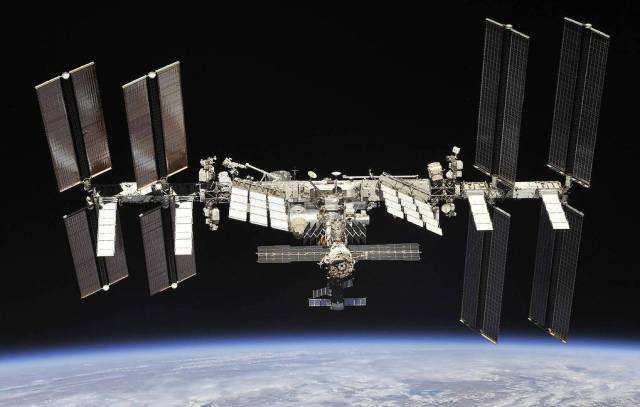It squeezes the torso during sleep in such a way that it maintains a normal balance of fluids, close to that observed with gravity
TASS, December 10. American and European space medics have developed a sleeping bag that redistributes fluid inside the body of astronauts and astronauts, which protects them from increased intracranial pressure and eye damage. This was announced on Friday by the press service of the University of Texas.
"Vision problems are one of the most serious obstacles to space exploration discovered over the past ten years. We express our great gratitude to the volunteers who helped us first uncover the cause of these problems, and then find a way to suppress them," said Benjamin Levin, a professor at the University of Texas at Dallas (USA), whose words are quoted by the press service of the university.
Professor Levin and his colleagues developed a system to protect the eyesight of astronauts and astronauts during a series of experiments involving a dozen and a half volunteers from among former cancer patients. All of them have recently undergone chemotherapy, which was injected into their body through a special port embedded in the skull.
Scientists used this feature of the participants of the experiment to conduct the first direct measurements of how microgravity affects intracranial pressure. To do this, they enlisted the support of NASA and made a series of flights together with volunteers on board a special diving aircraft, which is used to train astronauts to work in zero gravity.
Protection of astronauts' vision
During this flight, the doctors inserted a pressure sensor into the intracranial port of the participants and monitored how the pressure changed in the presence and absence of gravity. These measurements confirmed that weightlessness really led to a redistribution of fluid in the body and an increase in pressure in the brain.
Subsequently, Professor Levin and his colleagues used the data obtained during these flights to create a space sleeping bag. It squeezes the torso during sleep in such a way that it maintains a normal balance of fluids, close to that observed with gravity.
Scientists have already tested the operation of these devices in the ground laboratory in experiments on another group of volunteers who agreed to spend three days lying on a bed in an absolutely motionless state. Some of them were placed in space sleeping bags, while others lay on an ordinary mattress.
As subsequent observations showed, sleeping bags normalized the intracranial pressure of lying volunteers, which in theory should protect the eyes of astronauts and astronauts from damage during long-term flights into space. Professor Levin and his colleagues hope to test this hypothesis during real flights to the ISS in the very near future.

